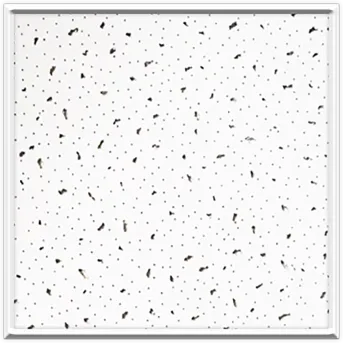8 月 . 14, 2024 03:16 Back to list
Exploring Innovative Techniques for Efficient Drywall Grid Installation and Management
Understanding Drywall Grid Systems A Comprehensive Overview
Drywall grid systems have become an essential part of modern construction, particularly in commercial and residential buildings where ceilings and walls play a critical role in aesthetics and functionality. These systems offer a framework that supports drywall panels while also providing numerous advantages, such as ease of installation, structural stability, and design flexibility. In this article, we will delve into the components, installation process, benefits, and considerations of drywall grid systems.
What is a Drywall Grid System?
A drywall grid system is essentially a support framework made from metal or wood that acts as a structural base for drywall sheets. This grid can be installed on ceilings or walls, allowing drywall panels to be mounted on it securely. Typically, the grid system consists of horizontal and vertical channels, forming a grid pattern that allows for accurate alignment and an even surface for attaching drywall.
Components of a Drywall Grid System
The primary components of a drywall grid system include
1. Main Channels The primary structural elements run in one direction and support lighter cross tees. 2. Cross Tees These are the shorter components that intersect the main channels, creating the grid. 3. Wall Angles Installed at the perimeter of the grid system, wall angles help to maintain the grid’s alignment and provide a clean edge for the drywall sheets. 4. Drywall Panels Standard gypsum boards or drywall sheets are attached to the grid after the grid is installed.
Installation Process
Installing a drywall grid system requires meticulous planning and precise execution to ensure a sturdy structure
. The installation process typically involves the following steps1. Planning and Measurement Before installation, it’s crucial to measure the area accurately and determine the layout of the grid. This involves calculating the weight of the drywall and identifying necessary support points. 2. Safety Precautions Ensuring safety during installation is paramount. This includes using the right personal protective equipment and ensuring proper tools are at hand.
3. Mounting Wall Angles The first step in installation is to affix the wall angles around the perimeter of the area where the grid will be installed.
4. Installing Main Channels These are then suspended from the ceiling using hangers, ensuring they are level and spaced correctly.
drywall grid

5. Adding Cross Tees Once the main channels are in place, cross tees are inserted to create a complete grid.
6. Attaching Drywall Panels Finally, drywall panels are screwed into the grid, completing the structure.
Benefits of Drywall Grid Systems
Drywall grid systems offer several advantages
- Ease of Installation The grid provides a straightforward method for ensuring drywall panels are installed evenly and securely. - Design Flexibility These systems can accommodate various ceiling heights and allow for different design styles, including dropped ceilings and decorative textures.
- Accessibility Grid systems allow easy access to utilities like electrical wiring and plumbing, which can be important for maintenance or modifications.
- Aesthetic Appeal A well-installed grid system can enhance the overall look of a space, providing a clean and professional finish.
Considerations
While drywall grid systems present numerous benefits, it’s essential to consider factors such as weight distribution, the type of drywall to be used, and local building codes. Proper installation practices and adherence to safety standards are crucial to ensure structural integrity and performance.
Conclusion
In summary, drywall grid systems are a foundational element in modern construction that enhances the practicality and appearance of walls and ceilings. Their straightforward installation process, combined with aesthetic and functional benefits, makes them a popular choice across various building projects. As construction technology continues to evolve, understanding and utilizing drywall grid systems will become increasingly vital for construction professionals and homeowners alike.
-
Revolutionizing Interior Design with Ceilings t grid Suspended SystemNewsOct.29,2024
-
Revolutionizing Ceiling Design with ceiling access panel with Gypsum Tile WaterproofNewsOct.29,2024
-
Revolutionizing Interior Design with PVC Gypsum Ceiling: A Comprehensive GuideNewsOct.29,2024
-
Elevating Interior Design with High quality Mineral Fiber Ceiling TilesNewsOct.29,2024
-
Revolutionizing Interior Design with PVC Gypsum Ceiling: A Comprehensive GuideNewsOct.29,2024
-
Elevating Interior Design with High-Quality Mineral Fiber Ceiling Tiles: A Comprehensive GuideNewsOct.29,2024







